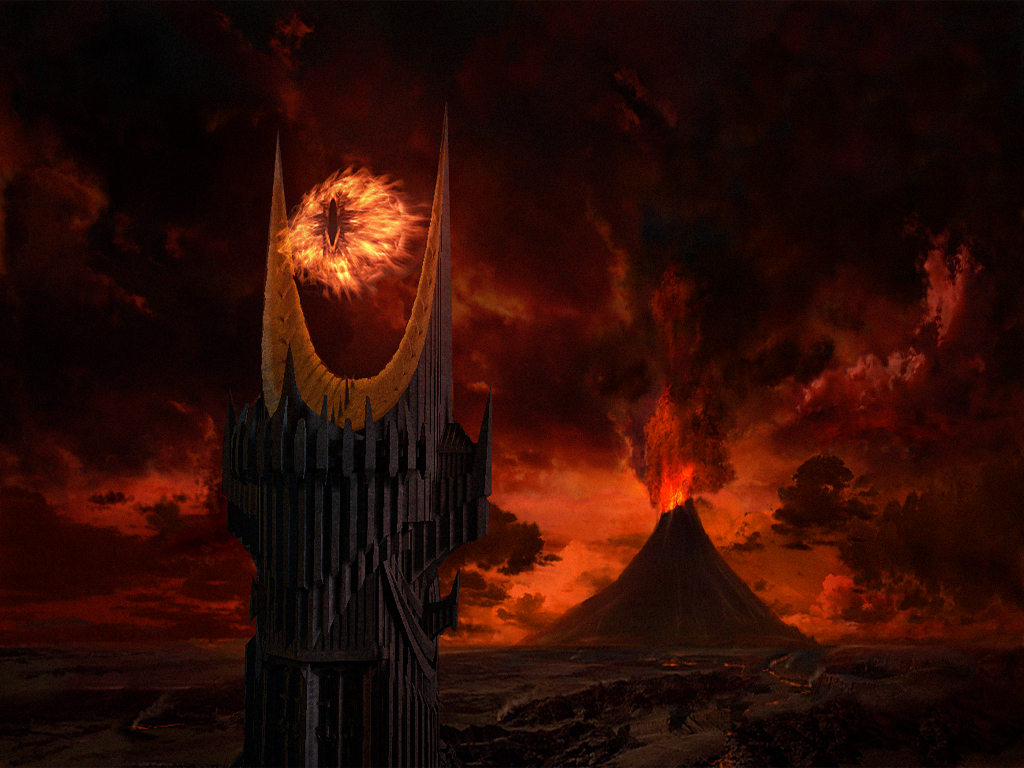jd7 said:
josephandrews222 said:
amorse said:
ken said:
Looks like Nikon went for really small body. I hope Canon doesn't do that.
I'd actually prefer a small body. Considering that there appears to be more than one mirrorless camera coming, I'm really hoping at least one of them is size/weight conscious - different systems for different needs. I definitely agree though that there needs to be a replacement with proper ergonomics for many (probably most) users.
For me though, I'd happily take slower lenses (as long as other performance measures are kept in check - i.e. sharpness and chromatic aberration) to bring the size/weight down and would be willing to lose some ergonomics to achieve that.
This.
Genuine question - if happy with slower aperture lenses, what is the attraction to FF rather than going with a smaller and lighter (and potentially cheaper) APS-C or even micro-4/3 system? If you are happy with slower lenses I am assuming you aren't too worried about shooting in low light and you aren't interested in shallow depth of field, so the benefits of FF for those things are presumably not relevant (are my assumptions wrong?). If my assumptions are correct, what other attraction does FF have? Maybe it provides better results for large prints (because there is that much less enlargement required)?
I am not saying that someone interested in FF shouldn't own any slower aperture lenses, of course, but I'm wondering about the value of a FF system if it is focused on slower aperture lenses.
Fair question, but there are a two answers which jump out for me - high ISO performance and lens options.
To explain my interest a bit: 95% of my photography takes place while camping/hiking. Many of the locations i'm trying to shoot will be a full day of hiking away from a road, if not several days. As a result, I'm carrying camera gear, camping gear, food, and other equipment. From the photography aspect of it, I'm often doing long exposures, landscapes and some night photography. This means I can usually get away with slower lenses, but will need at least one fast lens. I usually want a 16-35, 24-70, 70-200, and a fast 14mm (really only the 14 needs to be fast, and there are relatively small/fast EF lenses available now). An APS C or m4/3 systems won't let me go equivalently wide and fast as a 14mm f/2.8. Also, I am shooting on tripod maybe 95% of the time, so hand holding ergonomics are not my top priority.
Right now, my kit weighs in at just over 15 lbs before filters or any other peripherals, and I use a camera insert to hold everything (minus the tripod) which measures in at 7" by 11" by 11.5", and it is completely full. That's a fair bit of weight and a lot of size for me to carry on long hikes. I think I can shave that down to maybe 12 lbs with some lens changes, but making this smaller or lighter would be better.
For me, the ideal situation would be an m6 sized full frame mirrorless with slow lenses, then adapt one fast lens from EF. I'm not against adapters because otherwise any fast lens will have to build in the lost flange distance to each lens - the over all kit size will get bigger than it currently is. Adapting would let me save that flange distance from every fast lens I'm carrying (if for some reason I need more than the 14). If the camera body and lenses all shrink in size, I can probably get away with a lighter tripod too, further reducing the weight/size.
Alternatively, an m6 size full-frame camera (even with an adapter) would make a great backup camera for hiking (in case one body dies). I could carry two of those and still have less weight than my 5D IV.
Again, this is my use case and it does not likely fit the vast majority of buyers. I'm not saying Canon needs to do this or they're doomed, I'm saying that a kit that lets me do this with less weight/size would be very attractive, and there are compromises that can be made to achieve it.


